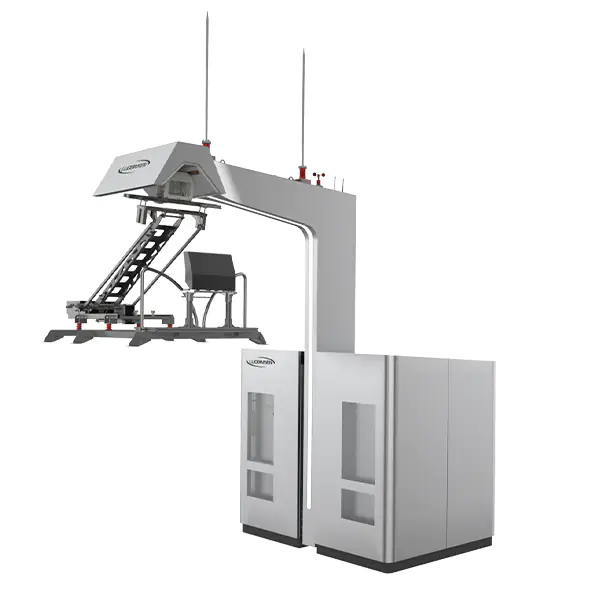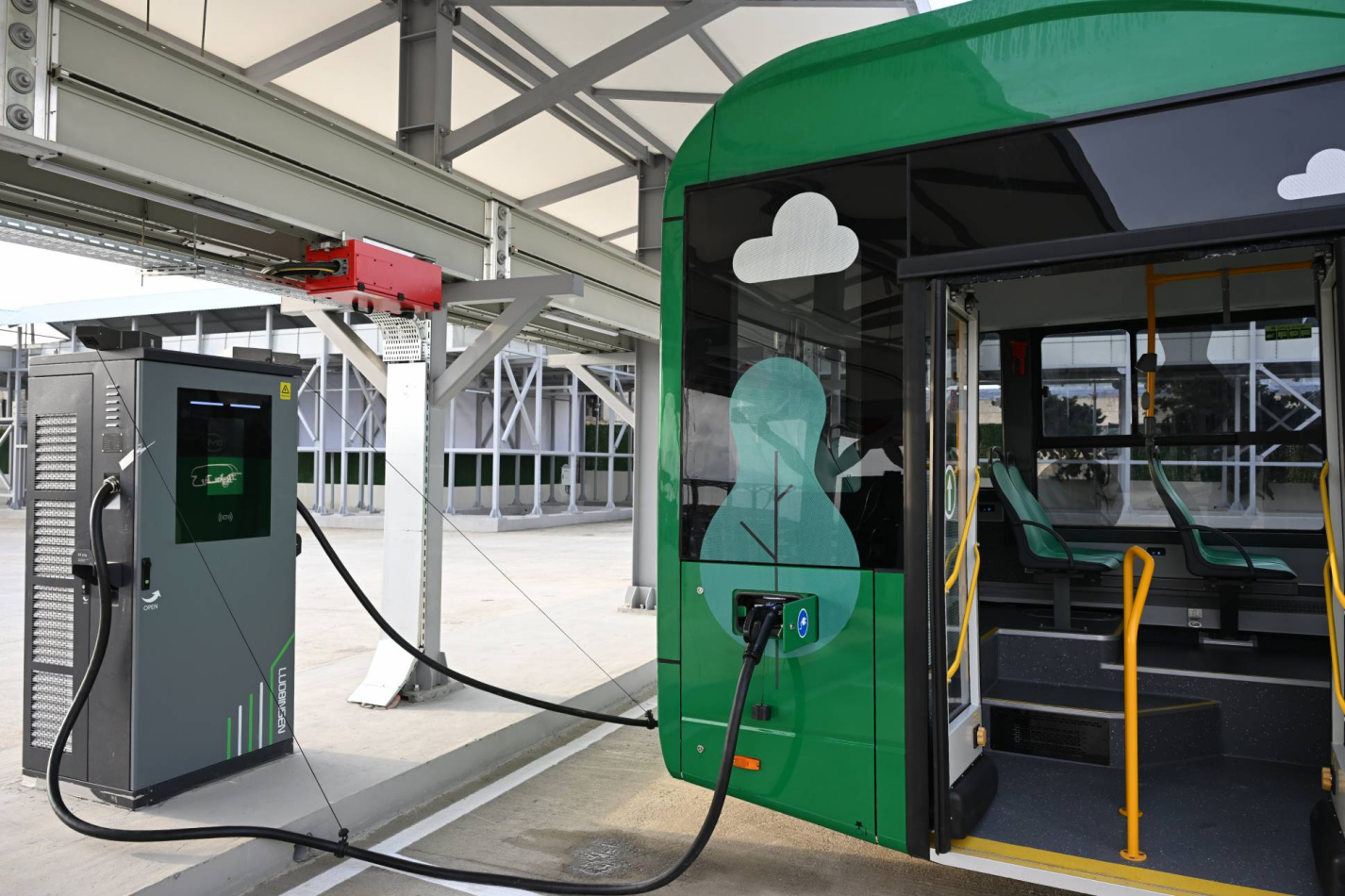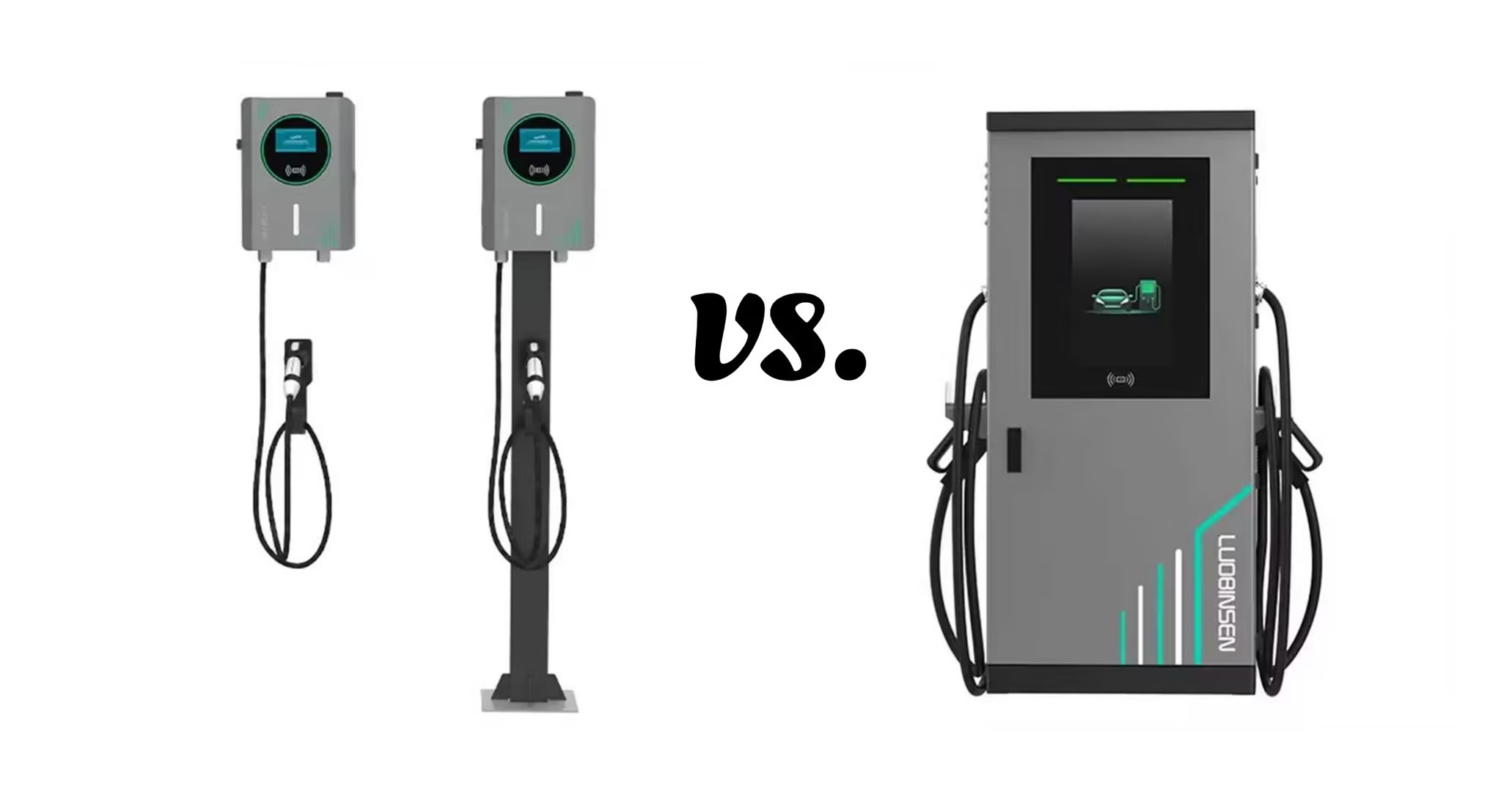As cities increasingly seek sustainable transportation options, promoting pantograph bus charging to public transport agencies is essential. Our technology empowers fleets with fast, efficient charging capabilities that can dramatically improve operations and reduce emissions. Here, we outline effective strategies for promoting our pantograph charging systems to public transport agencies.

Highlighting the Efficiency of Pantograph Charging
One of the key selling points of pantograph bus charging is its efficiency. We understand that public transport agencies are often concerned about downtime and operational efficiency. By demonstrating how our pantograph bus charging systems enable rapid charging—often within minutes—we can emphasize the reduced downtime for electric buses. This quick turnaround is vital for maintaining schedules and meeting passenger demand. We regularly share case studies and data analytics that showcase how our solutions have increased fleet productivity in other transit agencies. By providing this evidence, we can effectively communicate the operational benefits of adopting pantograph charging technology.
Emphasizing Environmental Benefits
As public transport agencies strive to meet sustainability goals, it is crucial to highlight the environmental advantages of pantograph bus charging. Luobinsen’s pantograph systems facilitate the transition from fossil fuel-powered buses to clean electric alternatives, significantly reducing greenhouse gas emissions. We educate agencies on how opting for pantograph bus charger contributes not only to local air quality improvement but also aligns with global sustainability initiatives. Hosting informational webinars and workshops can be an effective way to engage stakeholders, allowing us to present our research on the positive impact of electric buses and pantograph charging on urban environments.
Providing Comprehensive Support and Training
Adopting new technology such as pantograph bus charger involves a learning curve. To promote our solutions effectively, it is essential to offer comprehensive support and training to public transport agencies. We ensure our partners receive the necessary resources, from installation guidance to operational training. By creating easy-to-follow manuals and offering hands-on training sessions, we empower transport agency staff to maximize the benefits of our pantograph chargers. Moreover, we maintain open lines of communication post-installation, offering ongoing support to address any questions or issues that may arise. This commitment to customer service fosters strong relationships and encourages public transport agencies to embrace our pantograph bus charging solutions.
Conclusion
Encouraging pantograph bus charging to public transportation organizations necessitates a multipronged strategy that prioritizes effectiveness, environmental advantages, and all-encompassing support. We can promote wider adoption in the public transportation industry and inspire confidence in our pantograph bus charging technology by putting these methods into practice. By working together, we can create the foundation for an urban mobility future that is efficient, sustainable, and cleaner.




